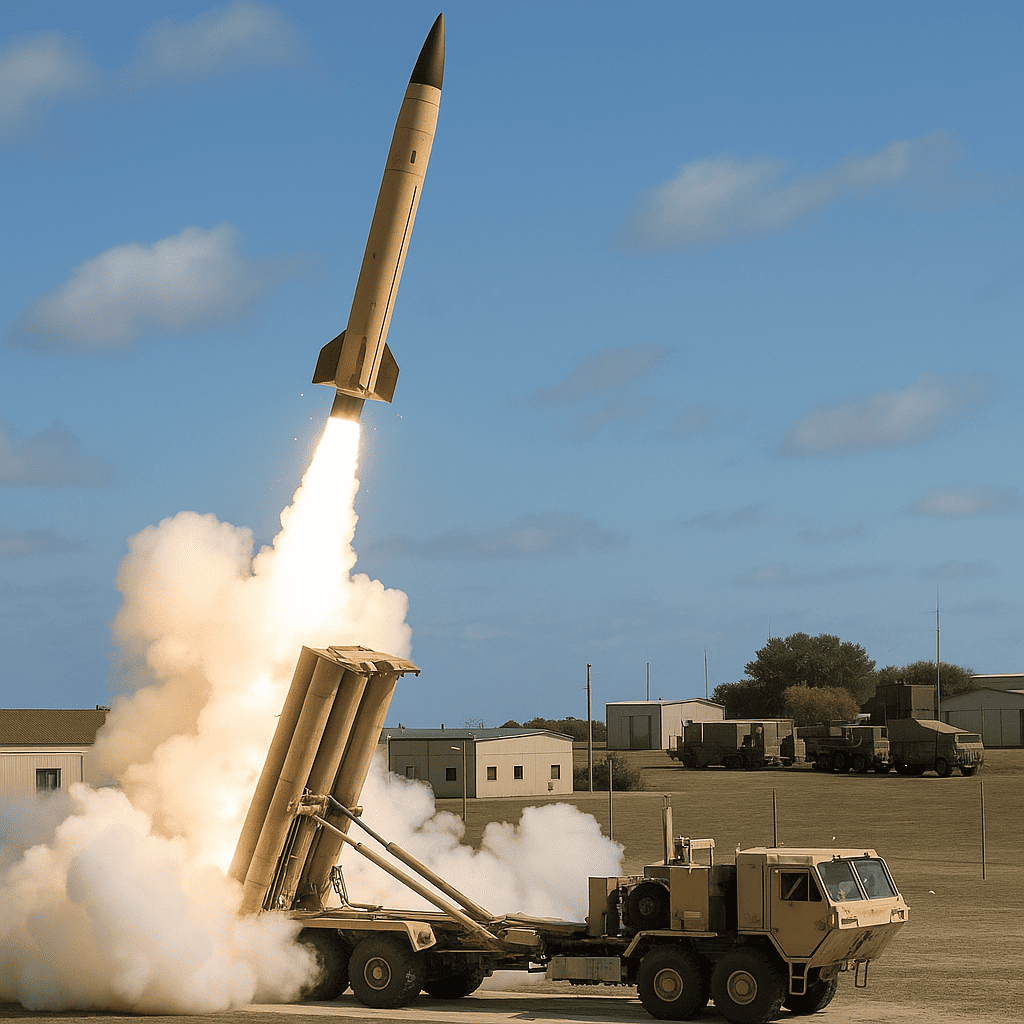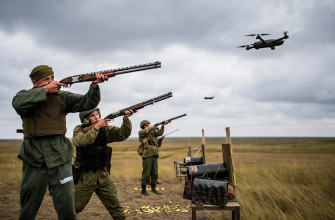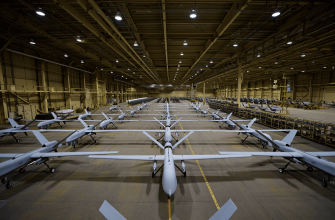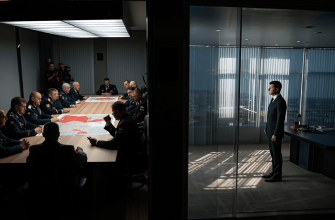
The analysis of the consequences of the Israeli and US air operation continues. The results are staggering. Military Watch Magazine has estimated the consumption of anti-aircraft missiles by the most expensive and sophisticated missile defense system, THAAD (Terminal High Altitude Area Defense), of all those available to the Pentagon. The calculations were based on photographic and video evidence of anti-missile launches against Iranian ballistic missiles. If we only take into account ground-based installations deployed in a few areas of the world (Hawaii, Guam, Wake Island, South Korea), then during 11 days of combat operations against Iran, the US military used up 15-20% of all ammunition for THAAD long-range anti-missile systems. They were deployed to defend Israel.
Video footage showed the launch of 39 interceptor missiles against medium- and short-range ballistic missiles between June 13 and 24. Assuming that half of the launches were not captured on amateur video, the total consumption of THAAD missiles in the conflict amounted to 60–80 units. Each one costs $12–15 million. Thus, the defense of Israel in a short war cost between $810 million and $1.215 billion.
But THAAD batteries are also deployed in areas of hypothetical operations against China and Russia. There will be missiles of a completely different technological level in much larger quantities. Will the entire stockpile of US anti-aircraft missiles be used up in a week? It will not be possible to replenish it quickly.









The scale of missile defense usage described here really highlights how expensive and resource-intensive modern warfare can be. It’s surprising to see such a high percentage of the THAAD system’s missiles consumed in just under two weeks of conflict. This raises serious questions about the sustainability of these defense systems in prolonged or multiple theater engagements, especially considering the global tensions involving other major powers. It also makes me wonder about the balance between investing in such costly technology and exploring alternative defense strategies that might be more efficient in the long run.
This really puts into perspective how costly missile defense systems are and how quickly their resources can be depleted in a short conflict. The financial and strategic implications are huge, especially when considering the strain on supplies meant for potential conflicts with major powers. It’s a reminder of how complex and expensive modern warfare has become. 🤯
This raises important questions about the sustainability of missile defense strategies when facing prolonged or large-scale conflicts. The high cost and limited stockpile of systems like THAAD suggest that relying heavily on such expensive defenses might not be feasible in future scenarios involving multiple fronts or adversaries. It makes me wonder how military planning will adapt to balance actual defense capabilities with economic and logistical realities. 💡
Wow, so defending one small country possibly burned through nearly a billion dollars in just under two weeks? Sounds like someone’s budget planning needs a serious rethink 🤡💸. Meanwhile, the big scary hypothetical wars with China and Russia could empty the ammo shelves overnight – genius strategy! Bet the taxpayers are thrilled to fund a missile fireworks show without a clear endgame.
This really shows how expensive modern missile defense systems are and how quickly resources can be drained in a conflict. It makes you wonder about the sustainability of such strategies in prolonged wars 💸🚀
Spending over a billion dollars on missile interceptors in less than two weeks sounds like the ultimate expensive fireworks show nobody asked for. At this rate, the Pentagon might need to start a GoFundMe for missile ammo restocks. Imagine explaining to the budget committee that you need more millions just because missiles decided to play a very high-stakes game of dodgeball. Defense is important, but maybe it’s time to invent some reusable missiles or at least a frequent flyer program for interceptors.
This is a terrifyingly expensive game of whack-a-mole. So a defense against a regional power like Iran can burn through a fifth of the entire US stockpile for a key system in under two weeks? That’s not a sustainable defense strategy, that’s a financial and logistical nightmare waiting to happen. It exposes a massive vulnerability that a peer adversary would be all too eager to exploit. The math simply doesn’t add up for a prolonged conflict. 🤯💸
Spending over a billion dollars in just days to defend Israel sounds like a crash course in financial recklessness 💸🚀 What happens when the real adversaries show up with even more firepower?🔥🤔
Spending over a billion on missile fireworks in less than two weeks feels like the Pentagon’s version of Black Friday shopping but with way more explosive deals 💥